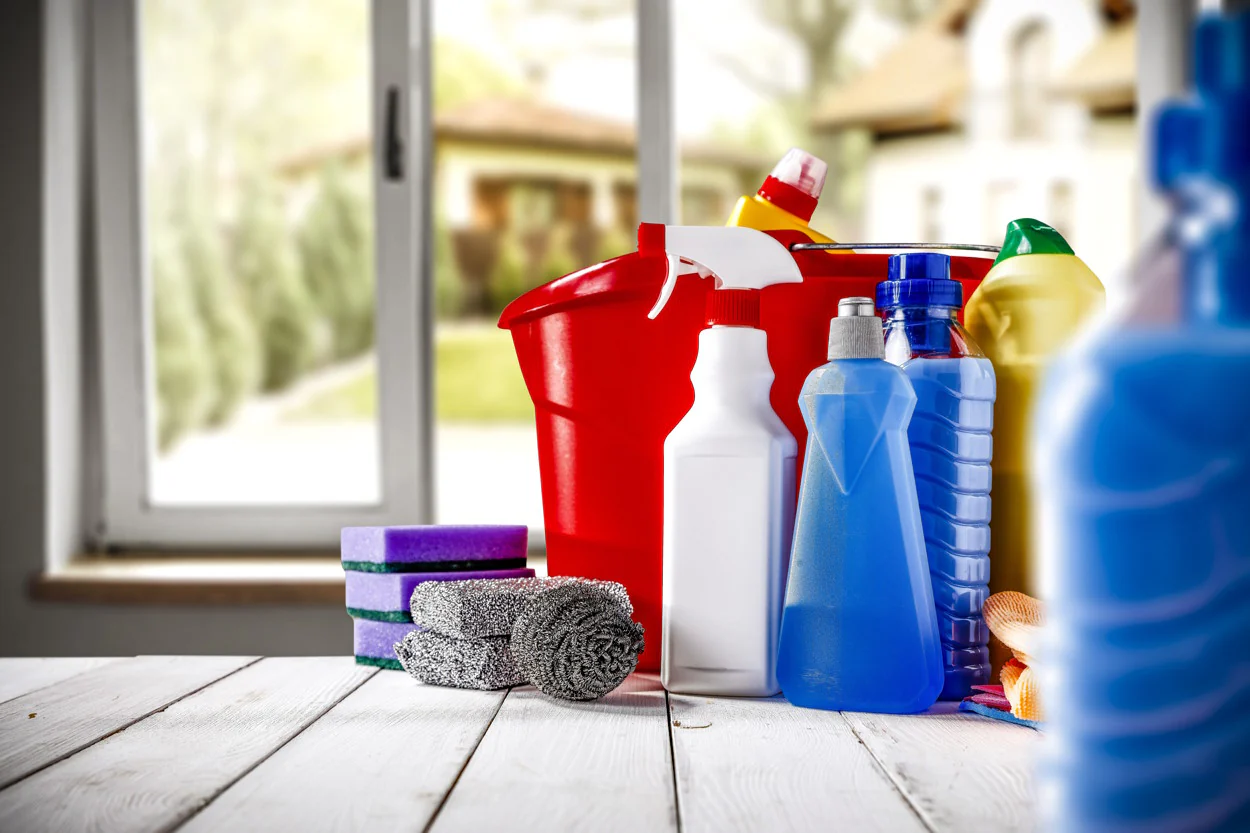
How To Select Food Storage Containers Based On Material: Glass, Plastic, Or Stainless Steel?
Selecting the right food storage containers is crucial for maintaining food freshness, quality, and safety. The material you choose directly...

Get 20€ off on your first order!
Working in noisy environments can impact your hearing, but double hearing protection—using both earplugs and earmuffs—offers extra assurance. In this guide, you’ll learn how to effectively choose and use double hearing protection to meet your needs.
We’ll cover everything from understanding Noise Reduction Ratings (NRR) to selecting the right combination of products. With our expertise, we’ll help you find the best solution for your hearing protection and ensure you’re ready for the next step in maintaining your gear.
As part of our extensive Comprehensive Guide to Hearing Protectors, this article dives into advanced protection methods to help you choose and use double hearing protection effectively.
Noise Reduction Rating (NRR) is a standard measure indicating the level of noise attenuation a hearing protector can provide.
When using double protection, the combined NRR is not simply additive. This is because the overlapping protection layers do not block noise in a directly cumulative manner, but rather offer an incremental improvement.
Instead, an approximate gain of 5-10 dB is achieved over the higher-rated device. For example:
| Hearing Protector | NRR |
| Earplugs | 30 dB |
| Earmuffs | 25 dB |
| Combined NRR (Adjusted) | 35-40 dB |
This adjustment ensures realistic expectations of the protection provided.
Double hearing protection is particularly advantageous in specific scenarios, such as jobs involving heavy machinery, aircraft operations, or prolonged construction tasks:
Learn more about these scenarios in this detailed Plant Tours guide.
Choosing double hearing protection offers several advantages:
Explore our Hearing Protectors category for tailored solutions.
When choosing double hearing protection, consider these factors:
For a deeper dive into selecting the right products, refer to our sibling articles:
Double hearing protection works best when used and maintained properly, ensuring consistent and reliable performance. To ensure maximum effectiveness, it is vital to follow these steps carefully:
For detailed instructions, consult product manuals or our Hearing Protectors category.
While double hearing protection provides excellent hearing safety, pairing it with related safety gear enhances comprehensive protection:
We hope this guide has provided valuable insights into selecting the right double hearing protection, from understanding Noise Reduction Ratings (NRR) to choosing the best earplugs and earmuffs for your needs. Whether you’re working in industrial settings or any high-noise environment, we’re here to support you in safeguarding your hearing.
Explore our full range of hearing protectors at Droppe, where trusted brands and solutions are just a click away. For more guidance, explore our Comprehensive Guide to Hearing Protectors.
Have questions or need help finding the right protection? Don’t hesitate to reach out—our team is always ready to assist you in ensuring your hearing safety with confidence in every purchase.
– The Droppe Team
If noise levels exceed 100 dB(A) or if your workplace regulations mandate it, double hearing protection is necessary.
Comfort varies, but choosing well-fitting earplugs and adjustable earmuffs can significantly improve comfort during extended wear.
Yes, but make sure both are compatible and meet safety standards for maximum effectiveness.
Inspect them regularly for signs of wear and replace as needed, especially if they no longer fit properly or show damage.
Yes, there are other options such as custom-molded earplugs and communication headsets, depending on your needs.
Thank you! You've signed up for our newsletter.



















Selecting the right food storage containers is crucial for maintaining food freshness, quality, and safety. The material you choose directly...

Selecting the right disposable spoons doesn’t have to be overwhelming. By considering material, durability, design, and sustainability, you can make...

Looking for the perfect degreaser? This guide simplifies the choice between solvent-based and water-based options, helping you find the best...

Selecting the right food storage containers is crucial for maintaining food freshness, quality, and safety. The material you choose directly...

Selecting the right disposable spoons doesn’t have to be overwhelming. By considering material, durability, design, and sustainability, you can make...

Looking for the perfect degreaser? This guide simplifies the choice between solvent-based and water-based options, helping you find the best...
Get 20€ off on your first order!
Save 30% by buying directly from brands, and get an extra 10€ off orders over €100
Save 30% by buying directly form brands, and get an extra 10€ off orders over €100